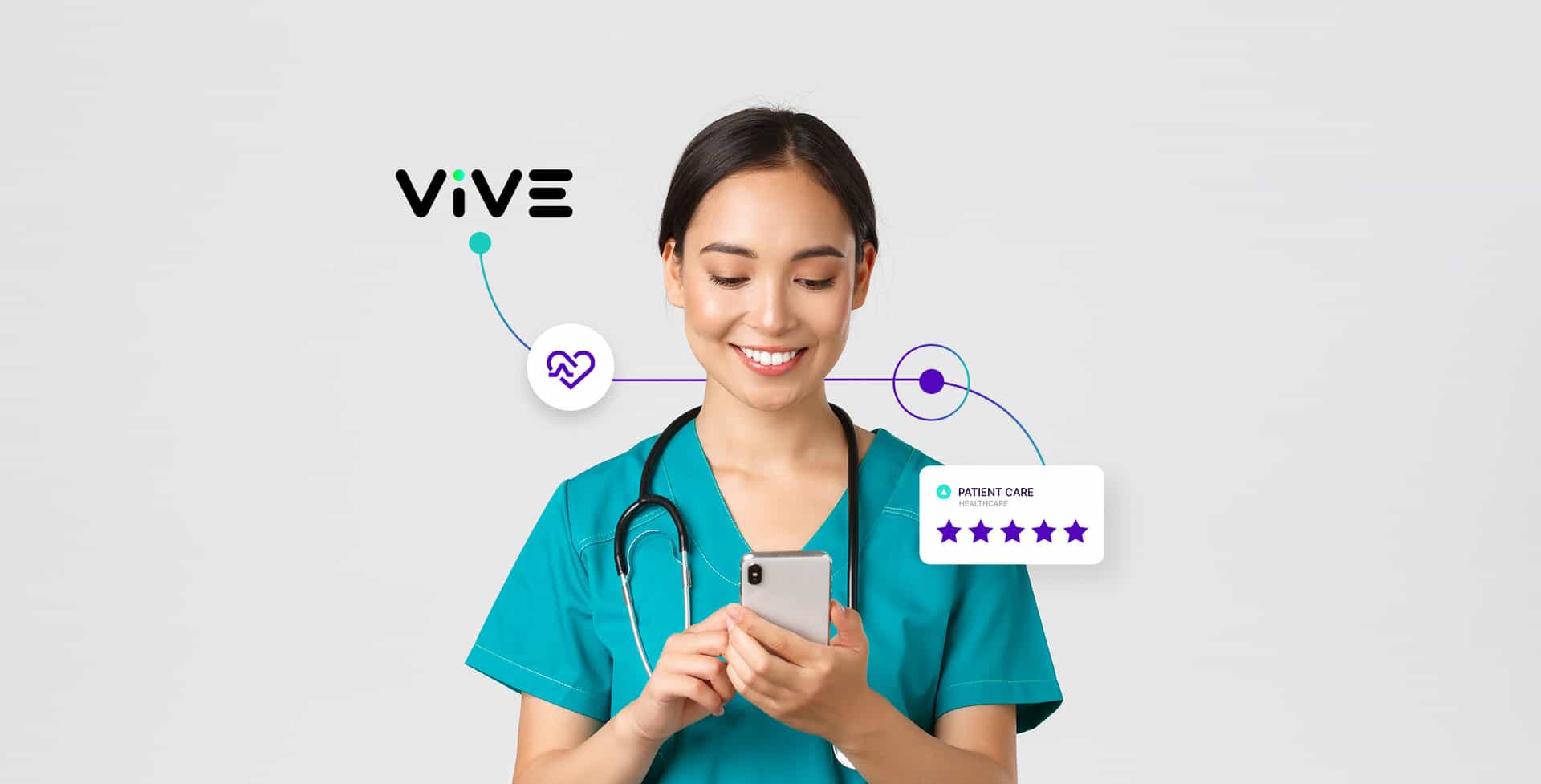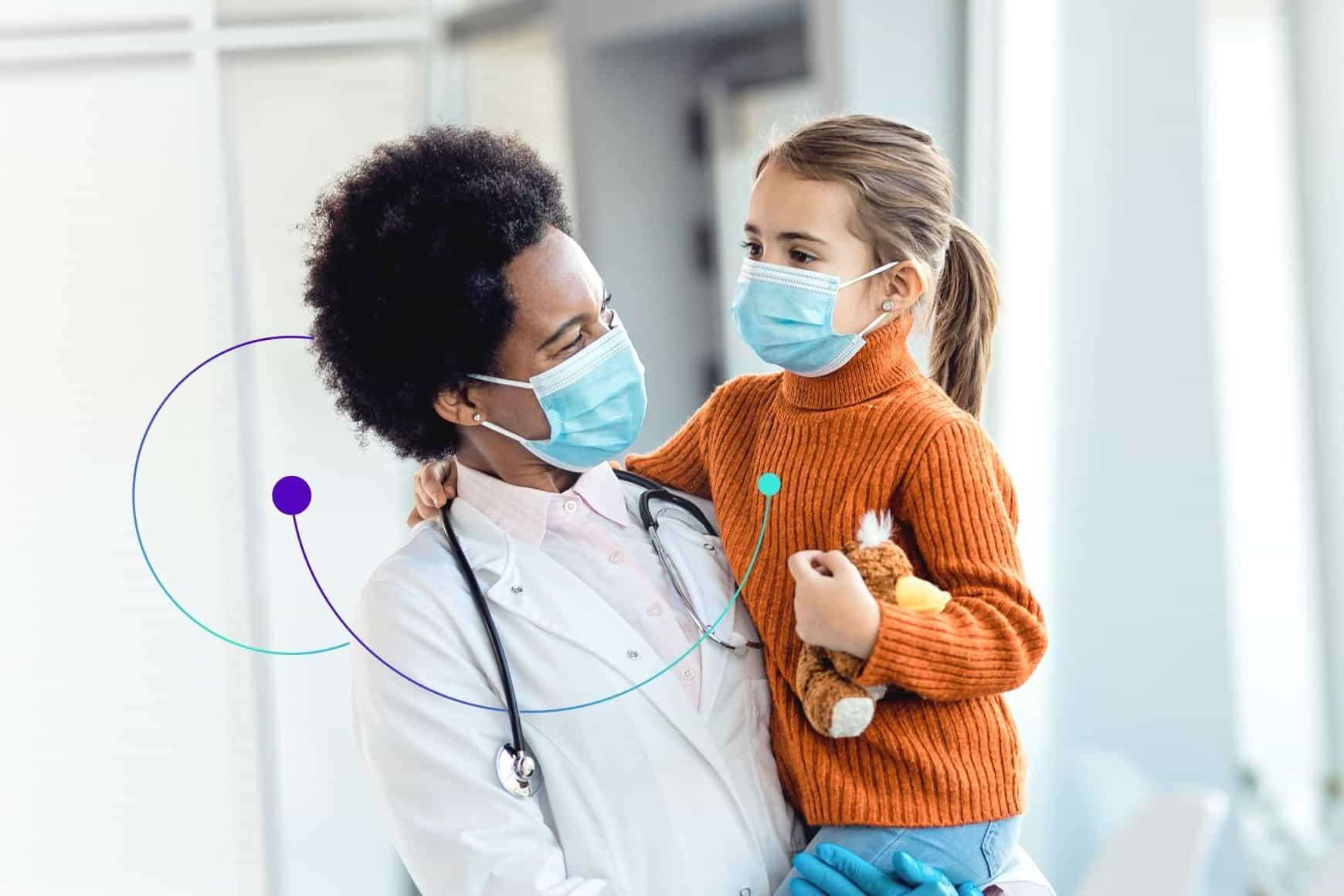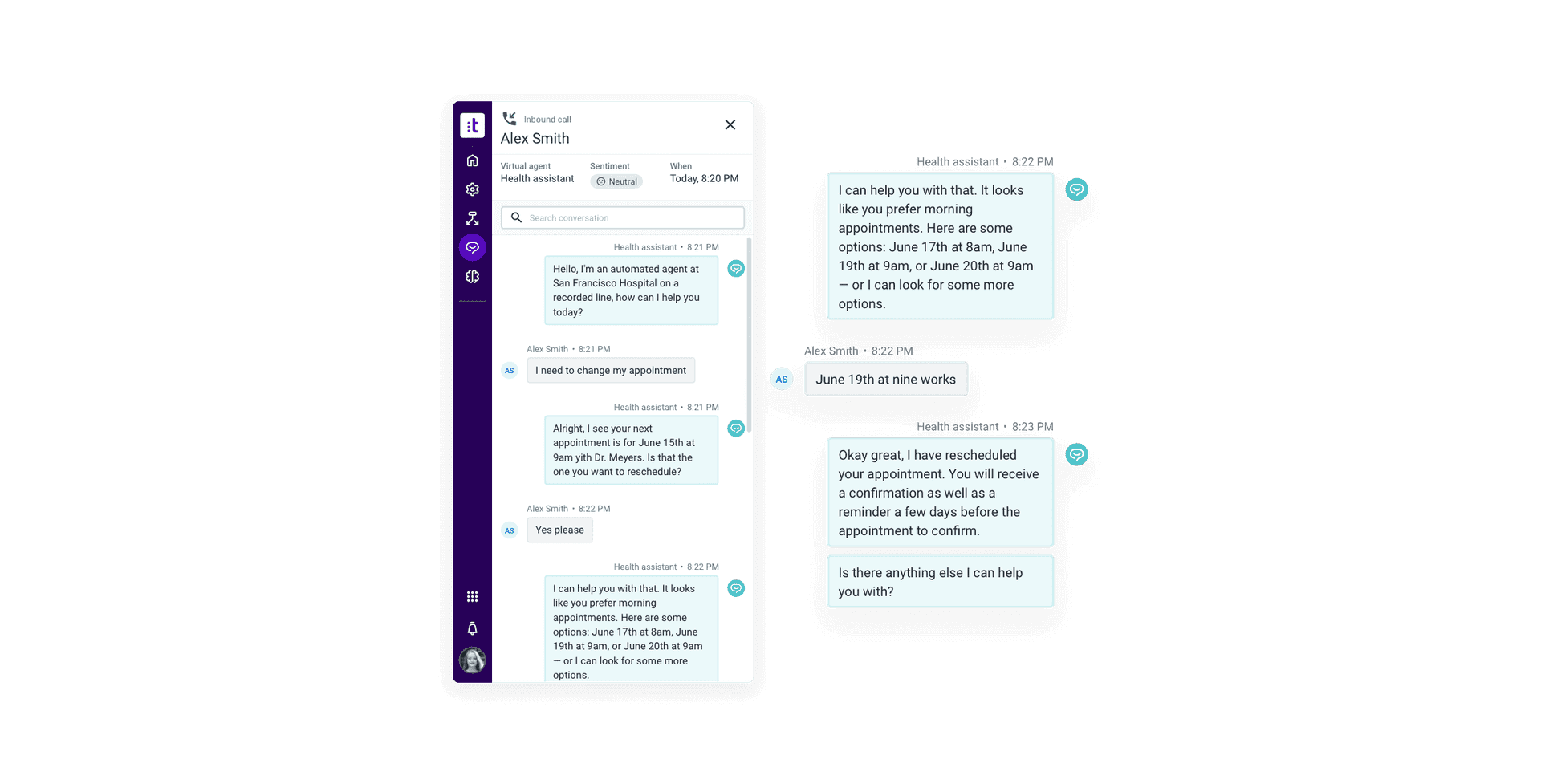3 key takeaways from ViVE 2022

By Lisa Leung
0 min read

Health system organizations, payers, solutions providers, and government agencies gathered at ViVE 2022 to discuss the positive impact of digital health on healthcare delivery.
HLTH and CHIME joined forces for the inaugural ViVE 2022 conference, which focused on digital transformation in healthcare. In his opening remarks, Russ Branzell, CEO and president of CHIME declared, “We are now in a what-if epiphanic moment in healthcare… Now it is time to change the world.” Rich Scarfo, president of HLTH, commented, “ViVE delivers a platform for the most senior decision-makers across our industry…a place where partnerships and business opportunities thrive.”
A digital era is driving change in healthcare consumer expectations and how stakeholders partner with each other. Insights and perspectives on AI, automation, data interoperability, physician-patient experience, and collaboration were shared through the conference.

3 key takeaways from ViVE 2022.
Talkdesk was proud to be an inaugural sponsor of ViVE 2022 and our healthcare team was in Miami for the event. Here are our three top takeaways:
1. AI enhances care delivery and addresses healthcare worker burnout.
We continue to be in an era of data overwhelm. Most frontline staff want data that is actionable. The electronic health record (EHR) digitizes and organizes healthcare data, but each system speaks a different language—and healthcare providers end up with fragmented information across different systems. Staff also write notes in different ways and there is still room to standardize how data are captured to better reflect the patient’s context.
We learned that AI can be applied to organize data longitudinally, annotate it, and make it queryable. Natural Language Processing (NLP) is one AI capability that is important in accomplishing this type of task and can be used to query records either through a search engine or chatbot. AI can also be used to help staff search for things that they didn’t even know existed. An example discussed in a keynote session was Google Health’s new conditions feature in Care Studio. Conditions can pull out meaning and context from a patient’s entire record, collective documents, and reports to create a very simple list of acute issues and procedures. Healthcare data might be the most complex challenge to solve, but as we saw at ViVE, there were hundreds of vendors and thousands of attendees who have the desire to meet the challenge.
On top of solving data challenges, AI also helps address burnout in healthcare by making the lives of workers easier and eliminating manual tasks for more focus on clinical decision-making. Mayo Clinic applies AI in radiology to reduce workload. Kidney images are automatically annotated with volume labels so that physicians can spend more time validating and evaluating organ health. Another example called out by Microsoft is using a bedside IoT to notify nurses on patient biometrics like heart rate increasing, or when a patient is in distress. A bedside IoT can help direct care where it is needed instead of nurses or hospital staff having to constantly walk the hospital floor. This resonated with us, as our healthcare customers leverage our patient self-service capabilities in the contact center to free up staff bandwidth for interactions that require more human judgment and empathy.
2. Automation contributes to positive patient experiences through scalability and personalization.
Digital innovation is imperative to meeting patient expectations for service and experience. Automation and ways of self-servicing are key. As we explore new ways to make our systems and processes more seamless and efficient, we are also challenged with implementation and what it means for human beings. How much are we relying on machines for decision-making? Are there instances where humans are replaced? Would doctors prefer if a robot informed their patient of a cancer diagnosis?
Dr. Marc Boom, CEO of Houston Methodist, captured the prevailing sentiment perfectly, “We believe digital innovation is important, but we do not believe automation will replace human beings.” Automation makes the most sense in patient access—in cases where a patient calls their health system at the eleventh hour because they’re stressed about an upcoming procedure, or needs to find a specialist, or do not know which facility to go to. It does not make sense for a scheduler to help a patient on-call after hours for a need that can be self-serviced, like canceling an upcoming appointment. AI and automation can scale up a health system’s services while still giving personalized patient experiences by tailoring interactions through tapping into EHR or CRM data. There is no quality care if there is no access to it, and the promise of deeper and wider automation is both improving self-service and helping staff be more impactful in their conversations to efficiently connect more patients to care.
3. Breakthrough solutions can be achieved through innovative partnerships.
Partnerships are critical to building intelligent solutions that improve care delivery as well as meeting overall population health needs. Health systems and technology vendors can come together to co-innovate and create solutions that make our world of healthcare better. There is room to innovate in our hospitals, but also in areas beyond the walls of the hospital that affect how we live our day-to-day lives. In one example from a great ViVE session, Philips partnered with West Moreton Health in Australia to help patients with chronic conditions—like chronic heart failure—have better health and wellbeing while keeping costs of care delivery stable. They introduced an innovative and integrated telehealth program that resulted in strongly improved patient quality of life, increased confidence and mental health, and decreased hospitalization. There were many other examples of innovative partnerships between health systems and technology vendors that improve care delivery, patient health, and physician workflows. Our own focus group with CIOs participating in CHIME’s spring forum at ViVE centered on discussing how health system technology leaders see the evolution of those technology partnerships. We heard from the members about how they each think about different technologies, processes, strategies, and metrics at different stages of digital maturity. Innovative health systems will seek different partnerships than one with legacy systems and data silos. Leaders were adamant that in both cases the right partners and strategies can drive meaningful results for the organizations and the populations they serve.
The digital transformation of the patient experience.
A bonus takeaway that we shared at ViVE: the Talkdesk Healthcare Experience Cloud™ applies AI and automation for a great patient and staff experience. Talkdesk also engages in a partner ecosystem to deliver patient experiences that build trust and loyalty.
Talkdesk is a communication platform that deeply connects with the EHR. This creates efficient workflows for healthcare staff through read-and-write capability directly in the EHR from Talkdesk Workspace.

Key capabilities like Agent Assist™ and Virtual Agent™ use AI for intent detection through real-time call transcription—recommending next-best actions based on the patient conversation and allowing patient self-service in areas like appointment scheduling and billing and payments. If you’d like to learn more:
- View the Talkdesk Healthcare Experience Cloud datasheet.
- Read the report to create a better way for health plan member experience.
- Explore our checklist to build a patient-centric culture.
- Request a demo of Talkdesk Healthcare Experience Cloud.








